
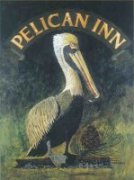
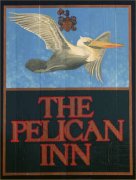
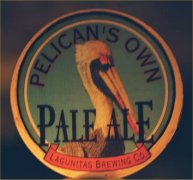
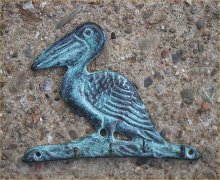

|

|

|

|

|
| Muir Beach, Marin
County CA |
Orinda CA |
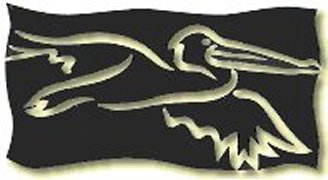
|
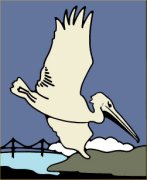
|
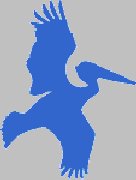
|
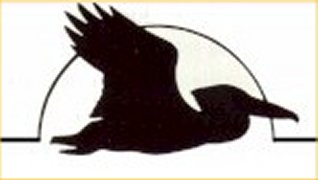
|

|
|
| Port Douglas, Queensland, Australia |
San Francisco CA |
Dog Isle TX |
North Caicos, British West Indies | Pelican AK |
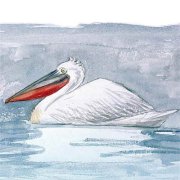
|
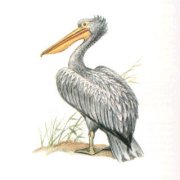
|
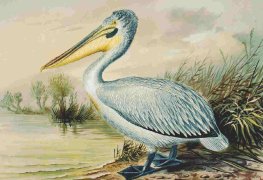
|
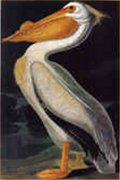
|
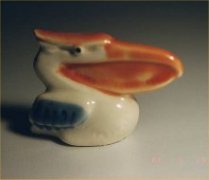
|
| Pelicans , genus Pelecanus, are of the Pelecaniformes order, Pelecanidae family. Pelicans have four toes joined by webbing. They are immense fish-eating waterbirds that have massive bills and huge throat pouches used as dip nets. The distended pouch holds 17 pints of water which is three times as much as their stomachs hold. In flight, pelicans hold their heads back. |
| There are
two groups of pelicans; white and brown, that have little
in common other than general appearance. White pelicans
are considerably larger than brown pelicans. |
| White Pelicans | |
| |
White pelicans are found on lakes, marshes,
shallow lagoons. In collective groups, while swimming
they herd small fish to shallow water for capture. They
do not dive for food. American White Pelicans (Pelecanus erythrorhynchos ) have black flight feathers and pinkish or yellow-orange bills. They average over 5 feet long including their bills with a wing span of 5-1/2 to 6 feet and they may weigh more than 16 pounds. Great White Pelicans (Pelecanus onocrotalus ) are also referred to as Old World, Eastern Great, African White, Roseate, or European White pelicans; they can be found throughout the eastern and central portions of Europe, in the northern part of India and Pakistan, and in Africa. They.have pale coloring; yellow beaks and pouches and pink legs. In flight, lower wing surfaces are black. Their wing span is about 10-1/2 feet. Dalmation Pelicans (Pelecanus crispus ), sometimes called Curly-headed Pelicans, are large white pelicans similar to P. onocrotalus. They are found in southern Eurasia, Albania, Greece, the Balkan region of southeastern Europe, Mongolia and China. P. crispus are an endangered species. They have black wingtips, gray feet, and curly tufts of feathers on the top of their heads and necks. In flight, the lower wing surfaces of the wings are pale. They have a wing span up to 11 feet. Australian Pelicans (Pelecanus conspicillatus ) are white pelicans similar to P. erythrorhynchos but with more black feathers. Spot-Billed Pelicans (Pelecanus philippensis ), also known as Gray Pelicans, are endangered due to loss of habitat in southeast Asia. Pink-Backed Pelicans (Pelecanus rufescens ) breed in sub-Saharan Africa. |
|
|
Brown Pelicans |
|
|
Brown pelicans
are found along seacoasts, bays, estuaries, marshlands.
They make dramatic twisting plunge dives into schools
to scoop up fish. North American Brown Pelicans ( Pelecanus occidentalis ) average over 4 feet long with a wing span of 6-1/2 feet, and they weigh about 8 pounds. Brown pelicans are very social and they nest in colonies. Atlantic birds are smaller than Pacific and they have dark gray or brown pouches. Peruvian Pelicans (Pelecanus thagus) are very similar to P. occidentalis. |
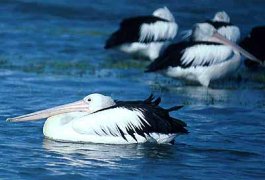
|

|
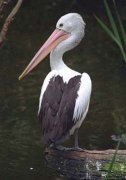
|
||
| Australian Pelicans Pelecanus conspicillatus |
Australian Pelican Pelecanus conspicillatus |
Australian Pelican Pelecanus conspicillatus |